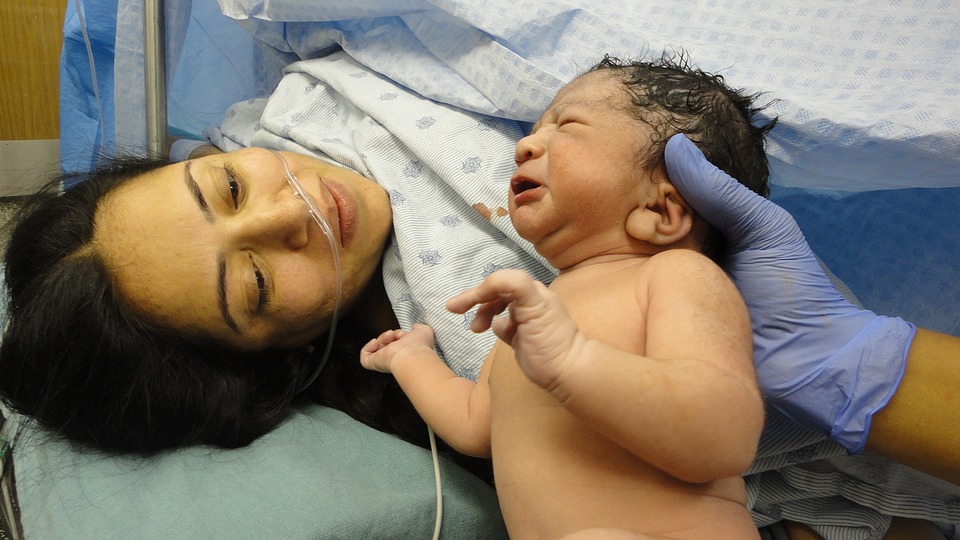April is Distracted Driving Awareness Month. The Insurance Industry is heavily investing resources and time in an effort to raise awareness and educate the public on just how deadly this action can be. Many non profit organizations and government agencies are participating as well. The statistics on distracted driving are absolutely alarming from all accounts and have reached epidemic proportions. According to the Claims Journal with over 40,000 deaths in the last two years and 4.57 million injuries. In contrast drunk driving is on the decline.

Incredulous as it may sound texting and driving is actually more insidious than drinking and driving as it is engrained into our work and our everyday life. Further, there is no similar social stigma associated with this behavior as there is with drinking. New research referenced above finds distracted driving is actually more dangerous due to the inherent danger of taking your eyes off the road. It also is the equivalent of drinking 4 beers or alcoholic drinks due to the loss of concentration and focus. Research has also shown that texting is becoming an addictive behavior.
It appears based on new legislative activities throughout the country that laws are becoming more intensely focused on imposing stricter penalties for distracted driving because both economic and societal costs for everyone are escalating and such behavior is increasing.
When drinking and driving awareness came about efforts were spearheaded by Mothers against Drunk Drivers. MADD still focuses on drinking and driving but has assisted the movement against distracted driving through teen activities and helping to raise awareness. New groups have formed including Focus Driver: Advocates for Cell Free Driving and Teen 365 which follows the same principals as MADD, as well as other organizations. High schools across the county try to teach youth by adding the subject to the curriculum. New slogans and billboards with catch phrases such as “assigning a designated texter while driving” are being promoted. The National Highway Traffic Safety Administration and the National Safety Council are combining forces with advocates to campaign against distracted driving due to the growth of the issue.
Many states have enacting laws against distracted driving due to the hue and cry of concerned citizens and the victims of tragic accidents caused by distracted driving. In 2009, 19 states had enacted law prohibiting texting and driving. Now 41 states have enacted laws with an emphasis on cell phone usage and texting.
Cell phones were actually invented 45 years ago and the first call was made in the United States on April 3, 1973. Cell phone usage has grown by leaps and bounds beyond the inventor’s imagination I am sure. As the devices became more popular accidents increased, but usage continued to grow as the technology improved the range and signal, available battery life was enhanced, cell phone design and audio capability for music increased, and parents began to purchase cell phones for teens in order to be able to reach them wherever they were at in effort to keep their children safe.
As evidenced by the growing body of of new laws throughout the country distracted driving is no longer limited to using a cell phone for texting as many may believe. The law in the State of Washington specifically includes
- eating while driving,
- putting on makeup
- or fixing your hair.
All are considered forms of distracted driving. In essence it is any behavior that takes your eyes and your attention off the road. States are also banning the singular act of having your cell phone on while you are driving. Rhode Island is in the process of enacting laws which requires absolute hands free driving.
Even though it has been suggested public policy reasons do not allow insurers to just refuse to pay for injuries inflicted ty distracted drivers as innocent victim would be harmed and even more lives would be disrupted. So insurers have concentrated efforts to stop distracted driving through many avenues. First they have increased the consequences for the behavior similar to the manner in which drinking and driving were approached. The first step following the criminalization of the behavior by law, was for insurance carriers to cancel your insurance if you lose your license due to an accident. Virtually no insurer will insure someone who does not have a valid license.
Next is to make it more costly to engage in the behavior. There is no civic reason why insurers can’t raise your rates sky high or opt not to cover you, a family member or a person who has permission to drive your car who then engages in distracted driving.
Additionally insurers are seeking alternate approaches. Insurers now have immense amounts of data to predict risks and losses based on both historical comparison information related to drinking and driving and data on distracted driving after the invention of the cell phone. The cell phone industry also has data which is useful to carriers and lawmakers.
Insurance carrier are using the available data and technology to introduce new ways to curb distracted driving. Research has shown texting and driving increases in the late afternoon as workers start the voyage home. See Insurance Journal… It is also at the peak time when teens are leaving school, attending extracurricular events, going to part time employment or meeting with friend. As a result prevention campaigns are focusing on completing your texting and cell usage before getting on the road home from work or daily activites.
There are many thoughts and ideas on how to curb distracted driving in other ways. The Claims Journal has polled drivers and found that incentives and discounts for good driving are more persuasive than negative fines and penalties. The Claims Journal also indicates that insurers are supporting the use of data from telematics placed in vehicles which record the actions of the driver and identifies the cause of the accident. Cell phone distributors have smart phone technology to prevent texting while driving and or receiving calls while driving, but have routinely installed it. That industry is giving parents options and resources to prevent teens from texting or driving and receiving phone calls. Users also have the option to obtain an app with the same features. The drawback is the driver may need to use the cell phone for an emergency, themselves, so the consumer control of the option can be necessary. As a result these application are not mandatory. So insurers will still need to impose actions that deter distracted driving to protect their own profit margin but more importantly to protect the public and even the driver who is breaking the law.
If you assume that you or a family member has gotten two or more tickets for distracted driving in six months, you can anticipate that your insurer rates will most likely go up and upon getting another ticket you might be cancelled as you have become a high risk driver. You may be also be excluded on a combined policy for other household members. If a teen is the offender you can anticipate a very high premium. You could possibly receive a discount if the high risk driver attends a defensive driving course and it could increase your chances to remain covered. The more tickets you get in a certain time frame based on your state law, the more points you accumulate on your driver’s license. Some states allow drivers to take the course in lieu of the points. the points normally fall off your record in 3 years in most states but if you accumulate too many points your license will be suspended. Each state differs as to the amount of points assessed for various aspects of driving. The amount of points depends on what action your state considers a moving violation. You can still be ticketed if you are stopped at a traffic light. You can be ticketed in some states if you are stopped alongside the road to take a call or text, if it causes an accident. It could be a different number of points depending on if you are texting and driving, or just talking on the cell phone. It also depends on the age of the driver. Many state have enhanced penalties for young drivers based on that states law. Be aware that insurance carriers usually check an insured driving record upon renewal .Once you are classified as high risk you will no longer be eligible for any safe driving discounts.
Next assume you or family member causes a wreck or accident due to distracted driving. . Minor accidents usually come off of your records after 7 seven years but the penalties and fines are generally much higher if an accident occurs. You can be cancelled by your carrier or the carrier can elect not to renew your policy. Additionally, if you injure someone or cause the death of someone you can be charged criminally and you might end up serving a lengthy jail sentences.
So stay safe out there on the road and take every precaution you can to protect yourself and others from becoming a victim of distracted driving.
